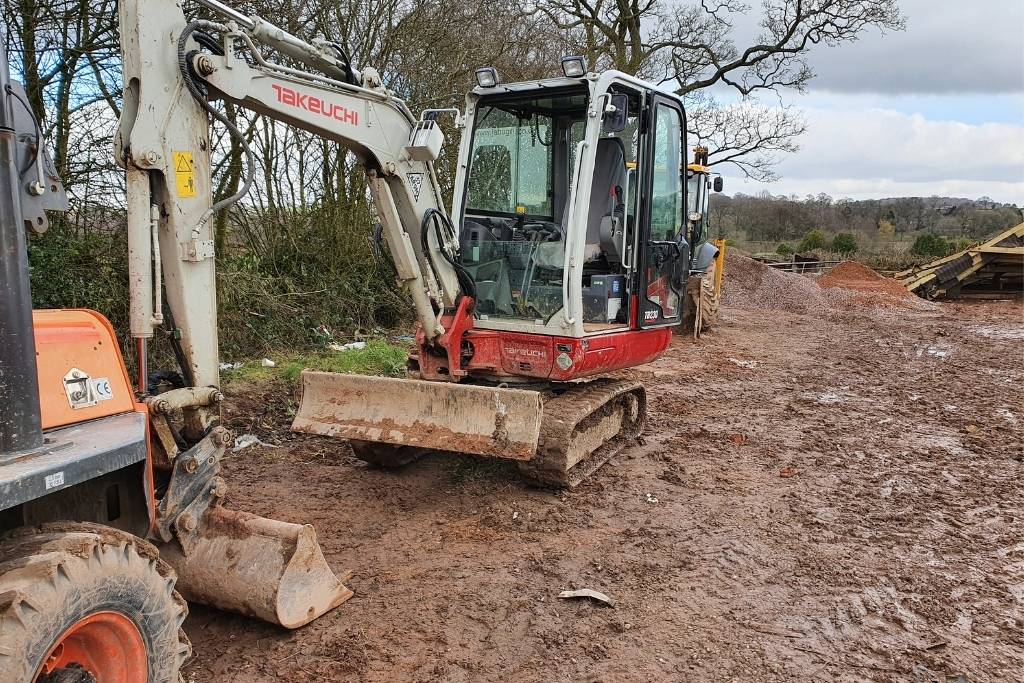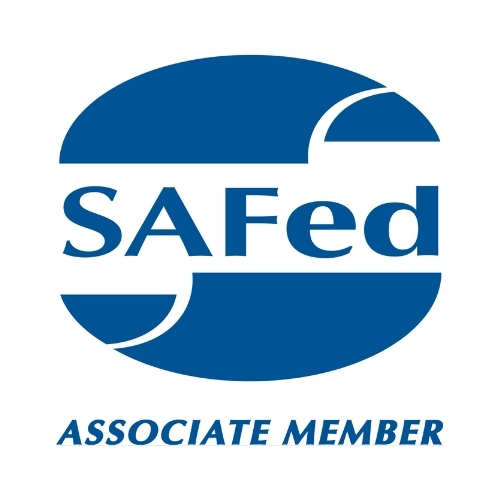PUWER Inspections and Recommended Frequencies – Stay Compliant!

Introduction To PUWER Inspection
Is your workplace as safe as it could be? Don’t leave the well-being of your employees to chance. A PUWER inspection, is your key to identifying and resolving potential hazards in your workplace. By thoroughly examining your machinery and equipment, this comprehensive inspection ensures compliance with safety regulations and protects your employees from harm. Don’t let safety take a back seat—take proactive steps to create a secure working environment with a thorough PUWER inspection. Safety matters, and it starts with you.
I. Understanding PUWER Inspections
A. What is PUWER?
PUWER, an acronym for the Provision and Use of Work Equipment Regulations, sets out the legal requirements for the safe use of machinery, equipment, and tools in the workplace. These regulations apply to a wide range of industries and activities, ensuring the safety of both employees and employers.
B. Key Objectives of PUWER Inspections
The primary objectives of PUWER inspections are twofold: to ensure the safety of machinery and equipment and to prevent workplace accidents and injuries. By conducting regular inspections, potential hazards can be identified, mitigated, and rectified, promoting a secure work environment for everyone involved.
II. Legal Requirements and Compliance
A. Legal Framework and Applicability of PUWER Inspections
PUWER regulations are enforceable by law in the United Kingdom. They apply to various sectors, including manufacturing, construction, agriculture, and many more. It is crucial for businesses to understand the scope and applicability of PUWER regulations to ensure compliance.
B. Obligations and Responsibilities of Employers
Employers have a series of obligations and responsibilities outlined by PUWER regulations. These include the duty to assess and control risks associated with work equipment, providing safe equipment and systems of work, ensuring employee training and competence, as well as maintaining proper record-keeping and documentation.

III. The PUWER Inspection Process
A. Preparing for a PUWER Inspection
Before undergoing a PUWER inspection, it is essential to conduct a thorough risk assessment. This assessment helps identify potential hazards and determine the specific machinery and equipment that require inspection.
B. Inspection Procedures and Checklists
During a PUWER inspection, trained professionals conduct visual inspections and condition assessments to identify any visible signs of wear, damage, or non-compliance. They also perform testing and verification of safety controls to ensure proper functionality. Additionally, safety devices and guards are examined to ascertain their effectiveness and adherence to regulations.
IV. Recommended Frequencies for PUWER Inspections
A. Regulatory Guidelines and Recommendations
The Industry Best Practice and Regulatory guidance can be used to help determine PUWER inspection frequencies. These recommendations help businesses establish a baseline for inspection intervals, ensuring compliance with the regulations. However, it is essential to tailor inspection frequencies based on specific risks and equipment within your workplace.
B. Factors Influencing Inspection Intervals
Several factors influence the intervals between PUWER inspections. These include the complexity of machinery, frequency of usage, previous incidents or safety concerns, as well as manufacturer’s recommendations and specifications. Considering these factors helps determine the appropriate frequency for conducting inspections.
V. Benefits of Regular PUWER Inspections
A. Ensuring Compliance and Legal Protection
Regular PUWER inspections play a vital role in ensuring compliance with regulations and protecting businesses from potential penalties and legal consequences. By conducting inspections at recommended intervals, businesses demonstrate their commitment to workplace safety and meet the necessary standards set by PUWER.
B. Mitigating Hazards and Preventing Accidents
One of the primary benefits of regular PUWER inspections is the early identification and rectification of safety issues. By identifying hazards promptly, businesses can take proactive measures to mitigate risks and prevent accidents. This process fosters a culture of safety and risk awareness among employees, further enhancing workplace well-being.
VI. Engaging Professionals for PUWER Inspections
A. The Role of Competent Inspectors
PUWER inspections should be carried out by competent inspectors with the necessary qualifications and experience. Employing inspectors who possess in-depth knowledge of PUWER regulations and industry-specific requirements ensures thorough and accurate assessments.
B. Engaging in Thorough Inspections
Collaboration and communication with inspectors are vital during the inspection process. Employers should actively engage with inspectors, providing them with all relevant information and access to machinery and equipment. Requesting detailed reports and recommendations from inspectors helps businesses identify areas for improvement and implement necessary changes.
VII. Maintaining Compliance after Inspections
A. Implementing Corrective Measures and Action Plans
After a PUWER inspection, it is crucial to address any identified hazards and deficiencies promptly. Implementing corrective measures and action plans ensures that the workplace remains safe and compliant. This may involve repairing or replacing faulty equipment, establishing preventive maintenance programs, and enhancing safety protocols.
B. Monitoring and Reviewing Safety Measures
Maintaining compliance requires continuous monitoring and reviewing of safety measures. Regular checks and audits should be conducted to assess ongoing compliance and identify areas that require improvement. By continuously striving for safety enhancement, businesses can create a secure working environment for their employees.
Conclusion
In conclusion, staying compliant with PUWER inspections and adhering to recommended frequencies is essential for maintaining workplace safety and well-being. By understanding the significance of PUWER inspections, meeting legal requirements, and engaging professionals for inspections, businesses can ensure compliance, mitigate hazards, and prevent accidents. Prioritising workplace safety not only protects employees but also establishes a strong foundation for long-term success and growth.
For a professional PUWER inspection and expert guidance, consider partnering with reputable inspection service providers like GSB Inspections, additionally here’s more information about our service locations. We have a wealth of experience and in-depth knowledge of PUWER regulations, we can assist you in conducting thorough inspections, identifying potential risks, and providing detailed reports with actionable recommendations. Remember, ensuring the safety of your employees and maintaining compliance is key to a successful and thriving business.
If you require a PUWER inspection, please fill out the form below and we’ll get back to you.

